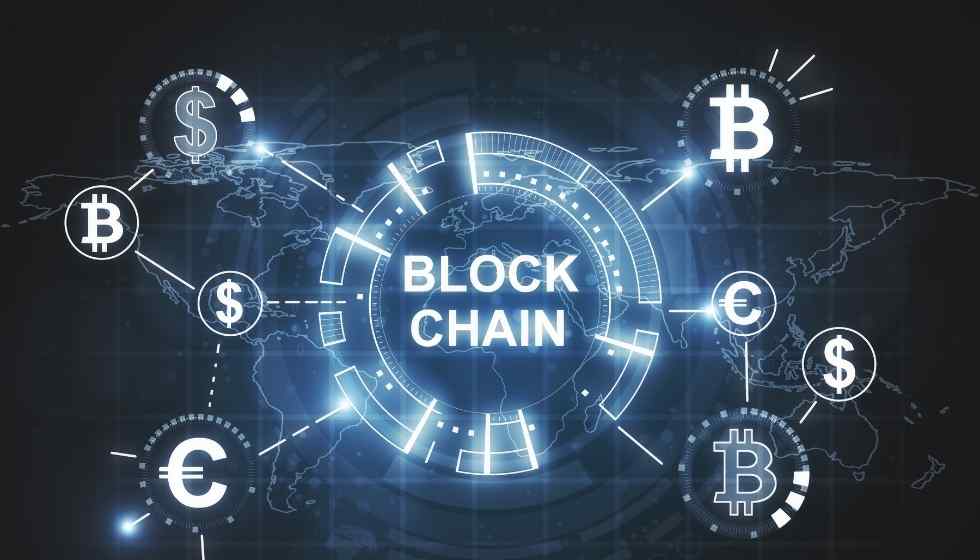Before talking about the risks of blockchain, it is convenient to explain what this technology consists of. The blockchain is a chain of blocks: a series of data records whose information is grouped into sets related to a timeline.
Each block is secured and associated with each other using cryptography, and their uses are diverse, but currently, they are focused on economic transactions.
Significant Challenges of the Blockchain
Although all experts agree that the blockchain will be beneficial for a wide variety of economic sectors (beyond finance and technology), this tool is still to be developed and is currently facing the following challenges:
1. Scalability
The blockchain has four challenges related to scalability: limitations, block size, response time, and high fees. Must resolve all these problems quickly as the network grows by leaps and bounds, as well as the number of users.
2. Process Time and Power
Power consumption is another challenge in adopting this technology since, for the most part, it follows the bitcoin virtual currency infrastructure using Proof of Work as a consensus algorithm. To keep the mining system running, you will need a lot of computing power.
In other words, mining will require your computer to solve complex equations for which it will need a lot of electrical power. If we translate it to the daily processing of large volumes of data, this management is quite expensive.
3. Privacy
The public system that feeds the blockchain does not get along very well with privacy. This is a big problem for companies that deal with sensitive data and need to have apparent boundaries as their customers trust them.
But if the data is stored in a vast public system, how do you make this private? It seems that the only solution is to change the registries to limit access to the data, a challenge that has yet to be defined.
Main Challenges and Risks of the Blockchain
1. Sustainability
About the previous point about energy management. If mining requires a large amount of electricity, it makes this system very unfriendly to the environment, urgently needing a new, more sustainable power supply.
2. Legal Law
Although many organizations are already using the blockchain as a means of transaction, there is no specific regulation, which is a problem.
Although this technology guarantees visibility as one of its great benefits, you will never know if it is safe or not for you.
3. Storage
The blockchain eliminates the need for a central server to store transactions and device IDs but must hold the data on the same nodes, or it will grow in size over time.
In the end, it will surpass the needs of today’s smart devices, such as sensors, whose storage capacity is deficient.
Blockchain Risks
In addition to the challenges, the blockchain has the following three significant risks:
- Credential security
Security is a crucial issue in this technology which, like any other IT chain, comes with some security loopholes. Flaws in the network cause more than half of the attacks, where hackers can take control of it and exploit it to their liking, altering the transaction process and restricting the formation of blocks. To deal with this, the protocol layer of the blockchain needs more security and for a longer time.
- Legal aspects
As indicated above, the lack of legality is a challenge and one of its main risks because users do not know where the limits are.
- Risks for suppliers
As the blockchain becomes more widely adopted, the market for third-party solutions will experience enormous growth, especially within areas such as integration platforms, payment processors, fintech, wallets or intelligent contracts.
Providers who want to implement blockchain applications and platforms for third parties must know that security in this technology should not be greater than personal trust towards them.
That is, having unreliable systems, incorrect code, or personal vulnerabilities can expose your customer’s credentials and data to unauthorized parties.
Avoiding these vulnerabilities requires a thorough investigation of all vendors in this ecosystem. Experience and reputation are the key factors that a client must use to distinguish between those who can help them build their business from those who could ruin it.
In conclusion, the blockchain is a technology called to revolutionize the industry around the world, but it cannot be said that, today, it is consolidated since it still faces numerous challenges that imply risks, but that the advances of the technology will help overcome

